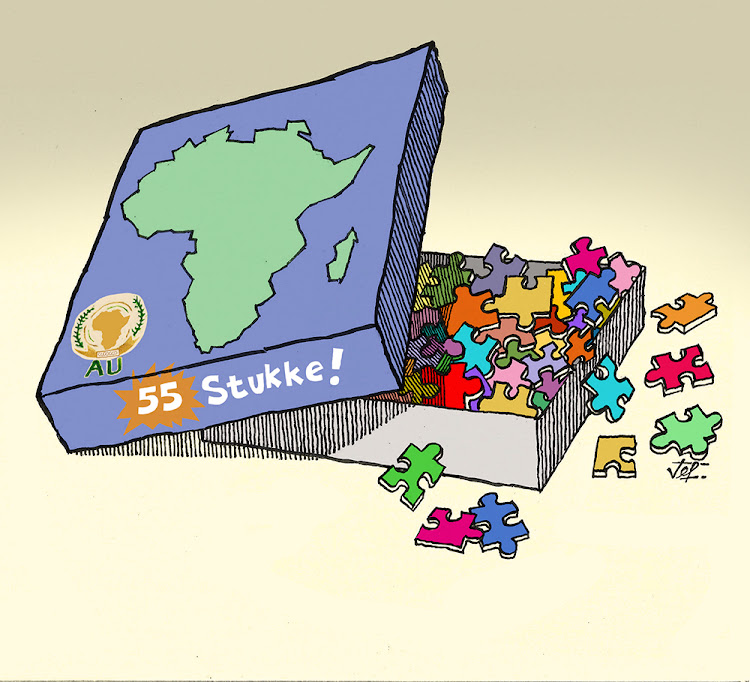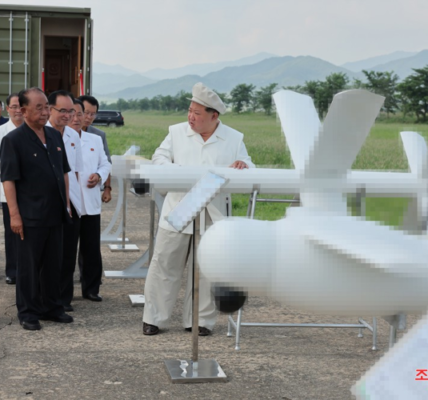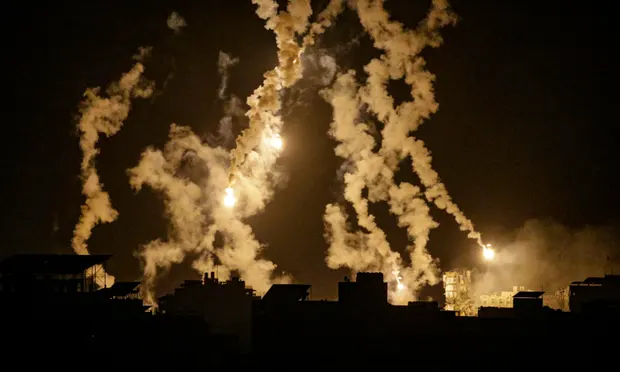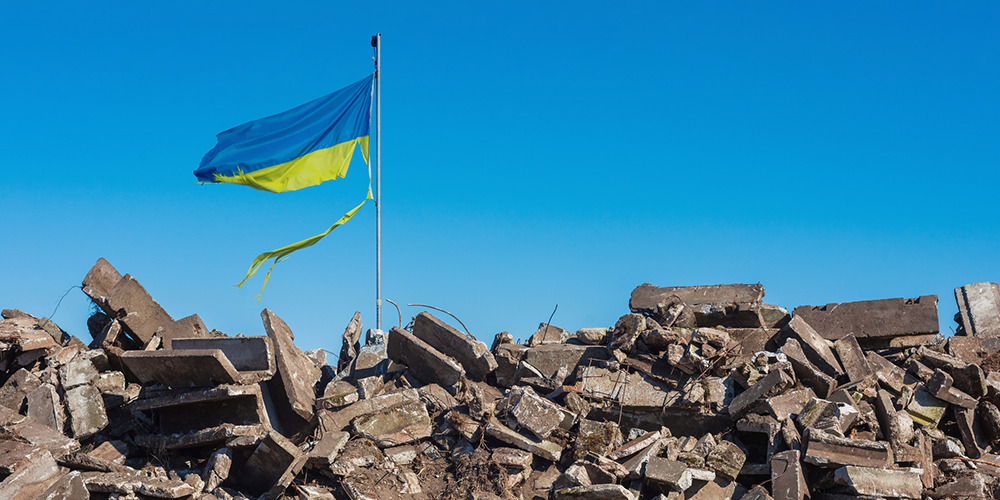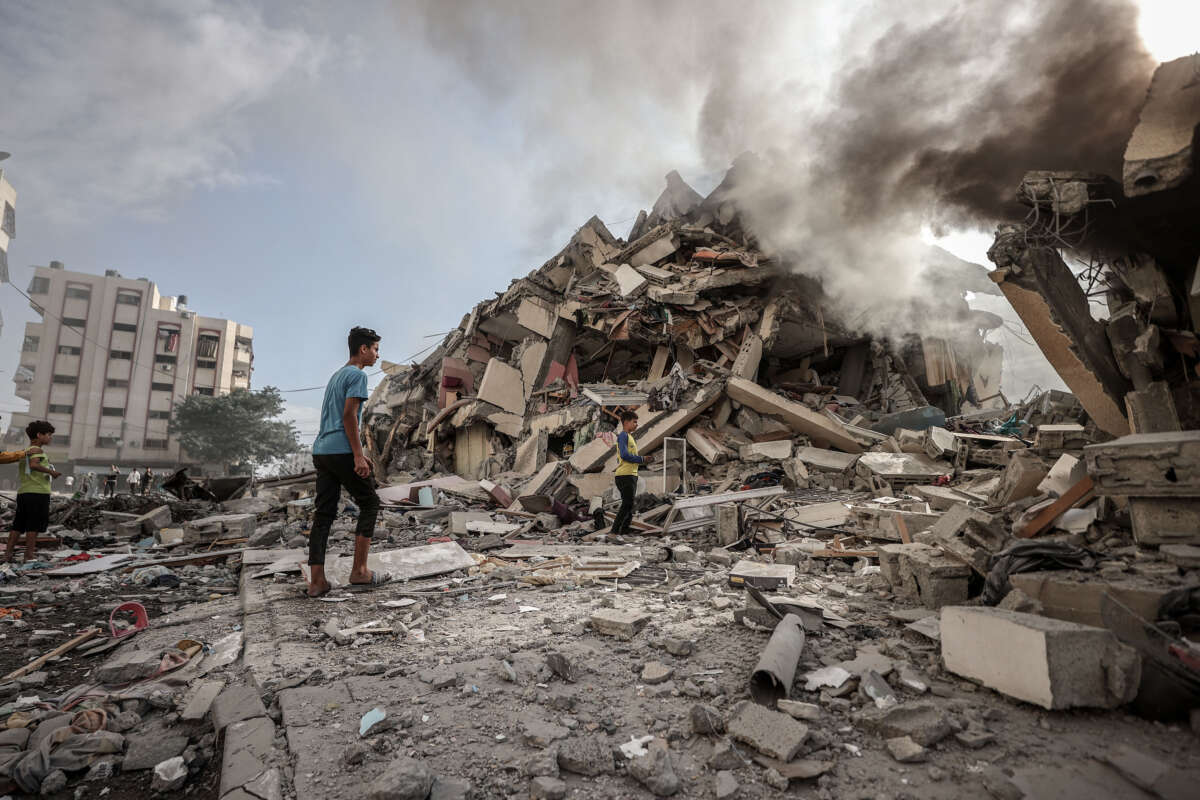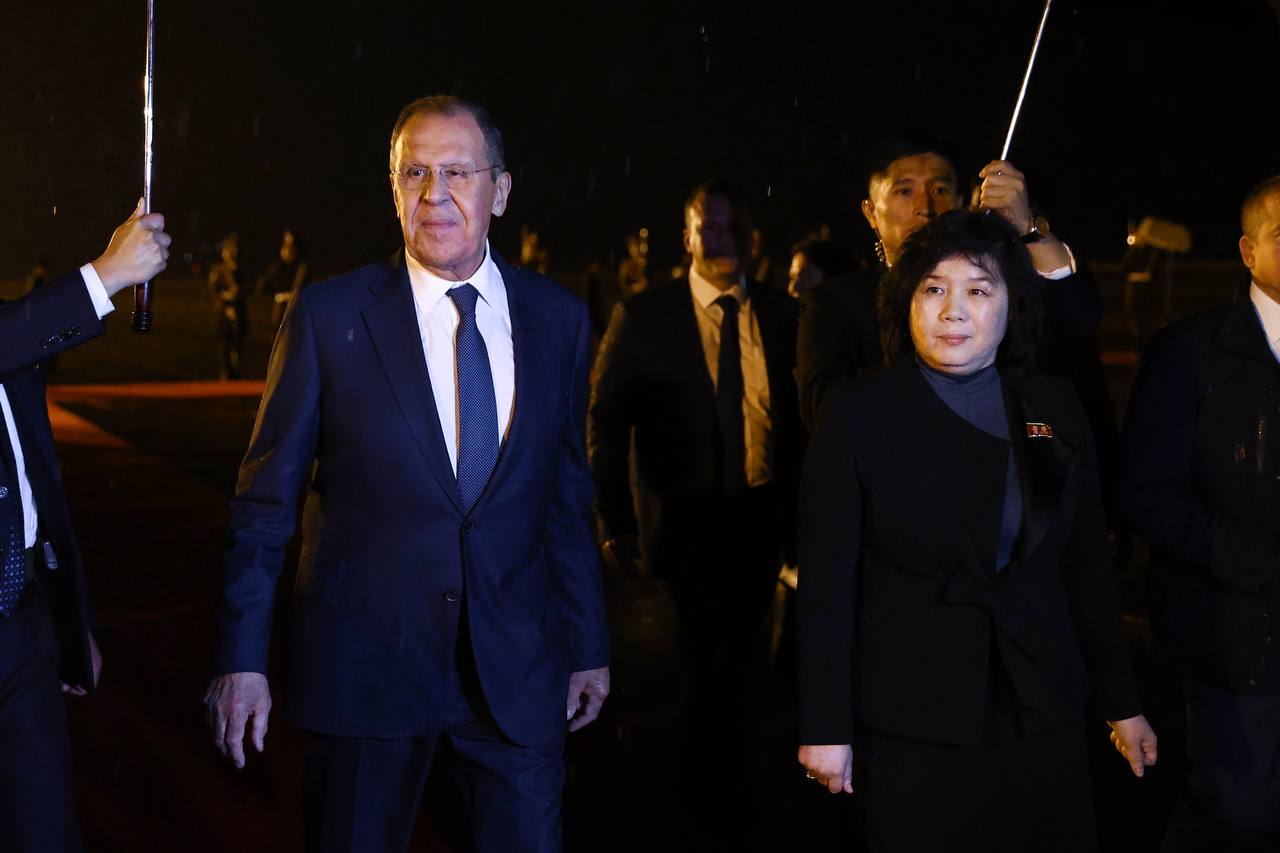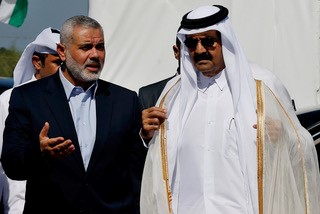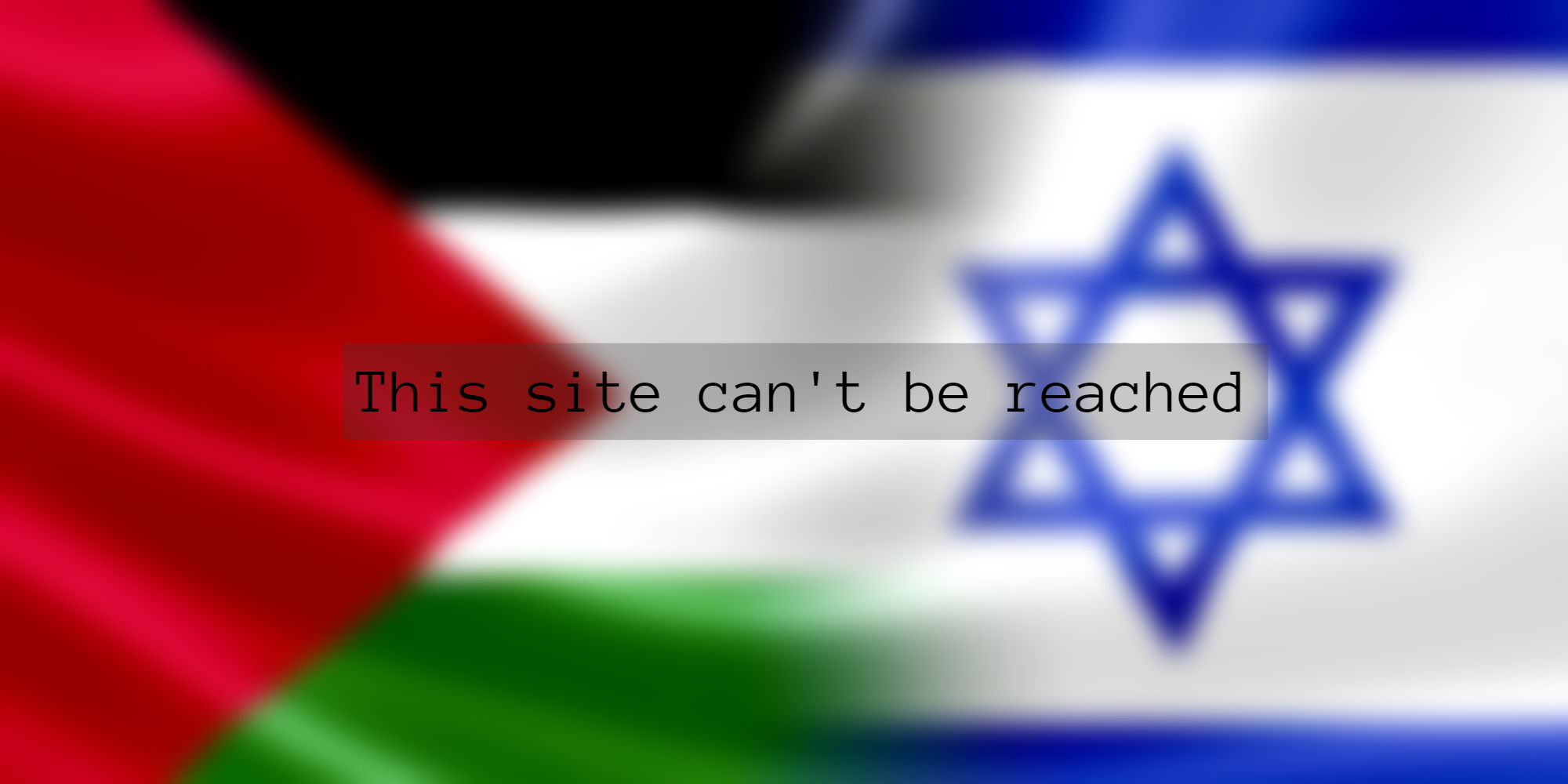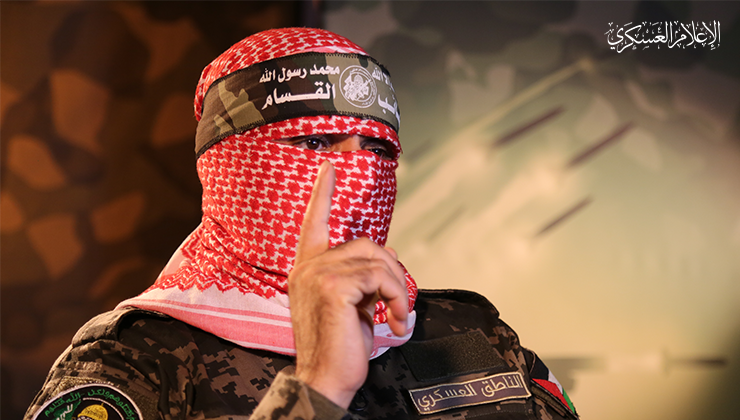Yemen’s Houthi Army | Iran’s Proxy Terror Group on standby to join forces with Hamas and Hezbollah
As the three-week-old Hamas- Israel war wages, there is growing concern that the conflict will consume the entire region, drawing in more actors that are hostile to Israel.
Death toll and Casualties
To date, attacks have killed around 1,400 Israelis, and injured 5,400 innocent civilians.
In Gaza, the death toll stands at 8,005 people with over 20,240 injured.

The Iran-backed Houthi Group
One actor in particular posing a grave threat to Israeli and American interests is the Yemen Houthis, a proxy of the Ayatollah’s terrorist regime in Teheran, which controls the Hezbollah, Islamic Jihad and Hamas terrorist organisations.
The Iranian-backed terror group took the Pentagon by surprise on Thursday 19 October when they launched a series of attack drones and long-range cruise missiles from Yemen. U.S. Defence officials claim these were aimed at Israel but were intercepted by the USS Carney, a U.S. guided missile destroyer in the Red Sea.
The Houthis have openly threatened to strike Israel before in support of Iran and its Middle Eastern allies including Hamas in the Palestinian territories, and Hezbollah in Lebanon, but this marks the very first time they acted on this threat and displayed such long-range capabilities.
Military Capabilities
A senior U.S. defence official said, “Let’s be clear that Iran has been increasing the sophistication and lethality of equipment that it’s been providing to the Houthis for years.”
The Houthis are said to currently possess one of the most advanced stockpiles of ballistic missiles and drones in comparison to Iran’s regional allies and proxy-backed terror groups, collectively known as the Axis of Resistance. However, it is the group’s location that makes them a threat to global commerce and energy shipments.
The Houthi Threat
Yemen is situated at a pivotal point, spanning the Bab-el-Mandeb Strait, a vital passage for ships entering the Red Sea and the Suez Canal.
Further to this, the Houthi group threatens the Persian Gulf, through which around 30% of the world’s oil supply passes.
The Houthi threat has been around for years, and in the past, they targeted Saudi Arabia and other Gulf states with drones and missiles.
Operations include the 2019 drone attack on Saudi Aramco’s Abqaiq oil facility in Saudi Arabia, a strike in January 2021 on the UAE’s Abu Dhabi commercial centre, and attacks on commercial vessels passing through the Red Sea and the Gulf of Aden.
Axis of Resistance
Tehran has spent many years piecing together its Axis of Resistance by leveraging off conflicts in the Middle East, and the U.S. wars in Iraq and Afghanistan.
This deadly alliance is made up of Hamas, Hezbollah, and Shiite militias in Iraq and Syria. The Houthis however stand out as their primary focus is on opposing the US’s Sunni Arab allies, such as Saudi Arabia, Bahrain, and the UAE, and thus far remain largely uninvolved in the Arab-Israeli conflict.
Founding and Resistance to Israel
The Houthis emerged as a formidable military force in the early 2010s, originating after the ousting of its dictator, Ali Abdullah Saleh. Its members, predominantly adhering to a sect of Shiite Islam, subsequently overthrew Yemen’s Saudi-backed government in 2014 and gained control over a significant portion of Yemen’s military assets, including missiles, tanks, and air resources. The Houthis utilised these assets to establish control over most of northern Yemen in 2016.
Iran took advantage of Saudi Arabia’s and the UAE’s involvement in the Yemen civil war as an opportunity to weaken the two rivals, and over the past decade, Tehran illegally supplied arms to Yemen, significantly enhancing the range and precision of the Houthi’s missile and drone systems, enabling them to carry out attacks on Saudi Arabia and the UAE. It was during this period, that the Houthi’s capabilities have advanced even beyond those of Hezbollah, a terror group regarded as Iran’s most sophisticated proxy force.
“The Houthis are the only proxy of the Islamic Republic with both land-attack cruise missiles and medium-range ballistic missiles in their possession, courtesy of Tehran, of course,” said Behnam Ben Taleblu of the Foundation for Defense of Democracies think tank in Washington.
Just last month, the Houthis conducted a military procession in Yemen’s capital, Sanaa, featuring a rehearsal of a restored fighter jet and newly developed Iranian-designed ballistic missiles with a range exceeding 2,000 kilometres.

In a nod to Iran’s influence, their official slogan “Death to America, Death to Israel, Curse the Jews, Victory to Islam” was visible, underscoring Iran’s influence.
Status Quo
Officials from the Biden administration are uncertain about the extent to which the Houthis are inclined to become involved in military operations against the United States and Israel, considering the potential losses they might face within Yemen.
The US has been mediating peace negotiations between the Houthis and Saudi Arabia, including a military ceasefire that has gone on for over a year.
U.S. officials warned this week that the Gaza war has the potential to disrupt the peace efforts in Yemen.
Tim Lenderking, special envoy for Yemen from the Biden administration, expressed concerns, stating, “My worst fear, of course, is that Yemen gets dragged into another war, and [Yemen’s] war is not over yet.” Lenderking made these remarks during a presentation at the U.S. Institute for Peace in Washington on Tuesday.


